If you’re thinking about developing partner tiers, we’re all for it. The more partners you have, the more difficult it becomes to invest time and resources towards the right partners — and the easier it becomes to spend time on partnerships that don’t glean results.
Establishing partner tiers, or partner levels, early on is a game-changer. It can help you define the rules, set expectations, and encourage better work from your partners and from your own team.
But, alas, developing partner tiers takes time — and lots of research.
We can only imagine how much you’ve got on your plate, so we went ahead and did some of the work for you. Plus, we chatted with industry experts from Zapier, Twilio, and Bullhorn to hear about their experiences — their successes, their learnings, and everything in between.
As a partner manager who’s interested in putting a layer of logic behind your partner program, we’re giving you a friendly push to go from thinking about partner tiers to getting started. Use the information we’ve gathered to make your plan bulletproof in the eyes of your leadership team.
In this post, you’ll learn about:
You’ll get your very own partner tiering checklist so you don’t miss a beat. The checklist includes:
- Tiering Criteria to Consider
- Potential Expectations for You and Your Partners
- Additional Questions to Factor In
As your ecosystem grows, you’ll need structure to help you scale your partner ecosystem.
If you don’t know where to start with developing your partner tiers, Cody Jones, Global Head of Partnerships & Channels at Zapier, says to identify what your company can offer that’s unique and competitive.
“The real value of Zapier is we help our SaaS partners close more sales because they now connect with everything, and our partners typically see around a 40-50% reduction in churn of their users that are using their product with Zapier,” says Jones.
That’s why Zapier created a partner tier program that helps its partners grow and improve their integrations within the Zapier platform — which, in turn, improves the Zapier marketplace.
Jones suggests, “Go work with your most successful partners. Figure out what they do. Figure out a way to create a program around the things that make them successful. Create those as the requirements for ascending tiers.”
If you’re working with a high volume of partners in the early stages of your partner program’s maturity, you’ll start to notice that some partners are more critical to the success of your ecosystem than others. Develop systems to track attribution for your partner program as early as possible. Start small by:
- Determining which partners generate the most ecosystem qualified leads (EQLs), generate the most revenue, or influence the most deals over a given time period. Work with your RevOps and Sales Enablement teams to auto-mark partner mentions from Gong and Chorus inside Salesforce, like RollWorks does.
- Determining which integrations your customers use and love most. Track integration adoption by your customers, feedback from your Customer Success (CS) team, and API calls using specific tags for each integration. Ask your RevOps team to tie your retention and churn analytics to integration adoption to understand your tech partners’ impact on churn.
Identify small wins early on that make the case for a heavier investment in particular partners over others. Use these metrics of success to segment your partners into the earliest, unofficial edition of your partner tiers and to identify partners that aren’t worth the time and investment. The tough conversations with partners are most important to have early on.
If you decide to establish partner tiers, keep these benefits and drawbacks in mind.
Benefits of Partner Tiering
Benefit #1: Crystal Clear Partner Expectations
If you’re worried that tiering your partners will hurt your partners’ feelings, don’t.
According to our 2021 State of the Partner Ecosystem Report, 41% of partnership professionals say they have “a ‘preferred’ partner program or equivalent.” (Get the 2022 State of the Partner Ecosystem Report here.)
Hanna Daboul, Demand Generation Manager at Bullhorn, says, “I think people like rules, I think partners like rules. Where do I fit, what do I get?”
Your partners like to know where they fit into your partner ecosystem. Is your partner strategic — contributing to a high percentage of your pipeline revenue? Or do you have more of a hands-off relationship with the partner — where the success of an integration lies in their court?
“Every ISV wants to know what tier they are at Okta,” says Maureen Little, VP of Technology Partnerships at identity and access management company Okta.
Partners who can only invest so much in the partnership — because of their budget, the size of their team, and other resource limitations — will likely appreciate the extra layer of documentation and clarity around what’s expected of them and what you’re offering in return. If it turns out they’re looking for more out of the partnership, you can chat about how they can level up to the next tier.
Tiering your partners will remove personality and subjectivity from the decision-making process, freeing your mental capacity up to focus on strategy.
Tip: You can use resources like the partnership maturity curve to put structure around when you expect your partner’s team to deliver on specific co-marketing activities and to set a timeline for revisiting the partnership’s success and downsides.
Through partner tiers, you’re also setting expectations for your own team. As your partnerships program grows, you’ll want to consider the workload your team can handle for the amount of partners you expect to be in each tier. It’s simply not sustainable to go all-in with year-long co-marketing engagements, for example, for all of your partners — especially as your program scales.
“Our tiers are primarily partner-facing for that reason. They give us trackable milestones and standards for what partners are and aren’t eligible for at different tiers, giving them something to work towards,” says Daboul.
“Now that we have more partners and more partner managers we also have to put metrics around our marketing budget,” says Mary Vue, previous Senior Director of Business Development at Workato. “The question becomes, did this partner achieve the things they were supposed to achieve in comparison to other partners — and therefore the activity they’re requesting qualifies them to marketing development funds (MDF).”
In order to figure out what exactly those all-in efforts should look like for your most strategic, top-tier partners, Cody Jones at Zapier says you should look to your partners for the answer.
“For us, we’ve found at Zapier, our SaaS partners want exposure more than anything else, and so we’ve built that and baked that into our program at certain tiers. They get a very valuable reward when they’ve done what we’ve asked of them,” says Jones.
Jones’s team has built co-marketing initiatives like integration announcements on Zapier’s product blog, social media channels, and inclusion in Zapier’s “popular zaps” list into their most strategic tiers.
While other tiers involve more automated benefits, such as access to integration health data and a dedicated page in their app directory, co-marketing campaigns are more manual and resource-intensive. When Zapier’s partners do more work, those partners unlock rewards that require more work from the Zapier team.
Zapier hit 3,000,000 subscribers in 2020, so co-marketing is a big win for their partners. What’s unique to your company that could inform partner expectations and rewards for your top tiers?
As Allocadia’s partner ecosystem grew, Isaac Smith, previous Manager of Strategic Partnerships at the marketing performance management platform, observed his team was spending most of its time with tech partners and not enough time engaging its system integrator (SI) partners. Smith developed a fill-in-the-blanks exercise to evaluate Allocadia’s partner program and identify areas to bolster its strongest partners and lift up its less-performing partners.
Example template for Allocadia’s partner program evaluation exercise
You can use a template like the above example to sort your partners according to their strengths, determine which activities your partners should be responsible for, and prove the need to invest in particular partners over others.
Benefit #2: Accountability for Your Team and for Your Partner’s Team
Having tiering documentation in front of you makes it real, right? Let your partner know what you’re expecting of them and what they can expect from you in return — and have it in writing.
Tiers will give your partners the fuel they may need to get their side of the work done and prove their value as a partner. If they know you’re waiting on them for webinar date confirmations or the attendee list after the webinar ends, they won’t want to disappoint.
Is your partner in the gold tier responsible for a specific percentage of pipeline or co-marketing deliverables? With tiering specifics to refer back to, they know they need to deliver — and if they don’t, it may lead to a partnership reevaluation.
It also works the other way around. With tier documentation, you have something to refer to that explains why you can’t give your partner something or that pushes you to get your side of the work done.
Tayler Hickey, Partner Experience Manager at Twilio, says, “It provides clarity and incentives. As partners progress through the tiers, they unlock additional benefits.”
For their tech partner program, Twilio maps accounts with its partners by invitation only.
Twilio’s tiers for technology partners from their tech partner guide. Image courtesy of Twilio.
Meanwhile, for their consulting partners, account mapping is more of a necessity than a perk. Partners fitting into all four tiers map accounts with Twilio.
Your tiering system can give your partners the opportunity to graduate and get greater benefits. If your partners fall short, they can face demotions — falling from the gold tier to the silver tier.
Cody Jones at Zapier says, “If they drop a tier because they missed something and we now have their attention and they’re willing to work with us, I’m going to do whatever I can to make that partner happy.”
So while your partners may not want to get demoted, a demotion could trigger a more constructive conversation, which could lead to a better partnership.
Keeping track of each partner as your partner ecosystem scales will be a difficult task; yet it becomes even more critical to know which partners you should invest resources in.
Maureen Little at Okta says there were 180 named partners in different systems when she joined the company. They collaborated with their product org to define what was a valuable partner to Okta — regardless of whether they’re a long-standing partner or a net new partner. Little says a top priority was ARR potential.
“For you to be a certain level of partner, we have to believe that in the first two years, we will drive $10 million in influenced revenue together. If not, you don’t get a partner person,” says Little.
From Maureen Little’s talk at Supernode 2022
“For you to get custom integration tools and joint development, you have to drive over $30 million to Okta.”
A few examples of tech partner tiers at B2B SaaS companies:
Tech partners tiers at Zuora, a subscription management solution:
Tech partner tiers at Zendesk, a customer service software and sales CRM:
Sightline tech partners tiers at Gainsight, a customer success and product experience platform:
“You have to segment your partners, especially when you get in the thousands and you’re trying to source departments and teams to build or market with them,” says Maureen Little at Okta.
“What is your outcome? I hope you have a partnership external document about what partners mean, their value. Add some zhuzh — ‘We love you, you’re great,’” says Little. “I hope you have requirements. I hope you have certifications.”
Hear more of Maureen’s talk from Supernode in the video below:
On its Solution Partners page, Okta promotes its solutions partners’ advancement to the “Delivery Services Partner” category through specialization that enables them to guide customers through the implementation of the identity and access management platform. (Certification is often a key component of solution partners tiering!).
Services delivery partner tiers at Okta:
Klaviyo, an email and SMS marketing platform, also includes certification requirements in its advisor partner tiers.
Cody Jones at Zapier says their partners receive monthly and quarterly updates to show them how they’re performing and what they can do to improve.
These reports include:
- Realtime notifications about features and bugs
- Monthly status updates, including monthly users, bugs, and improvement recommendations
- Quarterly updates that include updates about how their partner is performing and if they’ve ascended or descended in tiers
These consistent updates help motivate Zapier’s partners to improve and maintain the health of their integrations throughout the year — making Zapier’s integration marketplace an even better one with each quarter that passes.
“Every quarter, you have the ability to work and do your best work and try to ascend a tier. Conversely, you can slack off and potentially descend tiers,” says Jones. “Nothing grabs their attention quite like a tier change. That can be both a really great surprise or a rude awakening for our partners.”
If your partnerships program is fairly small, you may decide to rely on one-to-one updates. If your partnerships program is large, like Zapier’s 4,000+ app ecosystem, it may not be sustainable to check in with each partner on a one-to-one level.
When thinking about mobility within your tiers, you should consider how your team can communicate “promotions” or “demotions” in a way that’s scalable for the long-term and helpful to your partners. Zapier’s updates run on automation through tools like Looker.
Think about the kind of time your team can dedicate to partner tier communications and the kinds of tools you might need to automate some of the workflow.
It can only benefit you to have your partners ascend your tiers. For instance, promoting growth among your partners can help you get your brand included in your partners’ global marketing campaigns, more partners bringing in tier one opportunities for your funnel, or more strategic partners for possible acquisition opportunities in your ecosystem.
Microsoft also enables its partners to advance and develop specializations in its software. In March 2022, Microsoft’s team evaluated its partner program and announced three new areas of focus:
- Strengthening their digital capability
- Deepening partner technical capabilities
- Streamlining engagement between Microsoft and its partners
As a result of the shift in focus, Microsoft buckets its services partners into “solutions partners” and “specializations and expert programs” to encourage certification and skills specialization.
Partner tiers at Google:
Drift, a revenue acceleration platform, also introduced tiers to its solution partners program in March 2022 to bolster its most impactful solutions partners and encourage growth among smaller partners.
Businesses with large solutions partner programs can benefit from introducing tiers that ensure their partners are experts in their products. If your company consistently launches new features and integrations, it can be difficult to get buy-in from your solutions partners for consistent enablement sessions. Introducing partner tiers can help you understand which partners are up to date in certification and which partners can manage specific types of implementation for your shared customers. Tip: Make sure you require the people at your partner’s organization to get certified individually as their services teams grow.
In “Confessions of an ISV”, an account manager at an ISV says, “It’s not so much that the partner is certified; it’s the people working on the project,” says an account manager at an ISV. “The partner being certified doesn’t mean anything when you actually have a team working on a project. At other companies I’ve worked at, we were hiring people every day, and those people might know the skillset but not the software.”
Here’s another example of referral and performance agency partner tiers from Attentive, an SMS marketing solution.
Partners tiers at Attentive for its referral and performance agency partners. Image courtesy of Attentive.
SAP, a business applications software company, uses a value points-system to tier its services partners:
Benefit #3: Clear Documentation to Back You Up When Your Partners Don’t Meet Your Expectations
If you have a meeting with your partner to discuss who’s responsible for what throughout the partnership’s lifecycle, great — but, a lot can get lost in the weeds if your partner’s marketing, sales, and product team stakeholders aren’t on the call, too.
In your initial conversation with your partner, make sure to get the names and contact information for each stakeholder involved in the partnership, and put their responsibilities in writing. In addition to outlining department-specific responsibilities in your partner tiers (like co-marketing for co-hosted events), consider including these responsibilities and each stakeholder’s name in a term sheet.
The earlier you define the terms, the better.
Include your partner’s designated tiering, their requirements, benefits, and opportunities for advancement in your term sheet and/or at the signing of your partnership agreement. That way, if your partner doesn’t deliver on their end of the deal (What happened to that webinar that guaranteed 50 EQLs?), you have the documentation to prove you’re not crazy — or even to back you up if you decide to exit or reevaluate the partnership.
“They have to be things you cannot dispute,” says Maureen Little at Okta.
Drawbacks You Should Consider
Drawback #1: Developing Tiers is Time-Consuming and Resource Intensive
Since building partnerships is often a long game, putting in extra effort to build out processes for the work you’re already doing can be hard to justify — not only to leadership but also to yourself.
In fact, partnerships get complicated around the 100-employee mark, when partner managers start to have more trouble getting buy-in from leadership and also when they could really use a great partnerships management system like partner tiering.
On top of that, in our Partner Playbook, we learned that it takes 9-12 months for a typical partnerships organization to get to cost-neutral — meaning you may be contributing more money towards partnerships than you’re earning in exchange for your investment.
Twilio’s Tayler Hickey says, “You need someone to dedicate time to soliciting internal and external feedback to create tiers. It’s kind of like being in the production of a television show. You don’t know the stuff that goes into every little facet, and these guides provide the roadmap for how to build successful partnerships together.”
(See “every little thing” that goes into your tiers using our checklist at the end of this post.)
“Gold Partners” featured in Twilio’s partner listings. Image courtesy of Twilio.
Tiering your partners sounds really nice — but for some, it’s more of a pipe dream than a reality. For many partner managers, they’re running the production solo and just don’t have the time to build out partner tiers. And even if you have other partnerships people on your team, it can be difficult to get buy-in for a project that takes time and resources to develop and that won’t show its value until much later.
“You don’t have to start from scratch. There’s a thousand companies where you can pull down their documentation and see what works,” says Little.
Tip: Map out how structuring expectations for you and your partners will deliver results, what those results will look like, and how they’ll improve your company’s sales and strategic placement in the ecosystem. Will your tiers drive more users or customers to your platform? How? Will they guarantee more ecosystem qualified leads in your pipeline? Put in the work to conduct predictive analysis and uncover trends that exist through your current partnerships.
Drawback #2: Partner Tiers Aren’t a “Set it and Forget it” Initiative
Just because you’ve launched your partner tiers doesn’t mean you’re set for the long haul.
“We reevaluated every company we worked with. Lots of upset partners,” says Little. “But then we redefined our deal flow process, what stage certain partners came into.”
Cody Jones says that the first version of Zapier’s partner tiers focused on feature updates and bugs, but they’ve recently adapted their tiering strategy to help their partners excel within their respective categories. For example, how does the functionality of your partner’s CRM integration with your platform compare to other CRMs?
“We’re finding that now that we’ve got our foundational stuff in place, we can start to customize by category and bring in more specific messaging that’s far more effective and motivating to our partners,” says Jones.
Rather than prioritizing general suggestions like, ‘Here’s how to embed Zapier into your website to drive more adoption,’ Zapier establishes benchmarks according to the performance of their most strategic partners.
“How do all the CRMs work with us like Salesforce works with us, and how can we distill those learnings into suggestions and improvements,” says Jones. “You’re a CRM. Did you know that other CRM partners are doing x, y, and z to grow and ascend tiers?”
Zapier also adapted their strategy to level the playing field between their biggest partners and their lesser known partners. To do so, they made a switch from measuring raw growth and net new customers to measuring percentage of growth.
As your partnership program grows, your partners’ needs will become more nuanced. Revisit your tiers to adapt your strategy in a way that’s scalable, sustainable for your team, and continuously beneficial to your partners.
In Drift’s announcement of its solution partner tiers, Elias Torres, Co-Founder and CTO at Drift says, “We are elevating our existing partner program to meet new demand with our new Solutions Partner Tiers, which allows us to connect our customers with our most capable and committed partners and provides a framework to measure success.”
Tip: Consider your first tiering structure as a benchmark to build on. As you gather feedback from partners and analyze trends, perhaps through case studies with strategic partners, think about how you can adapt your tiers to help more of your partners succeed in a way that’s catered to their specific needs and industry.
Drawback #3: If You Don’t Build in Room for Mobility, Your Partnerships May Go Stagnant
If you’re putting your tiering program out into the world, you’re likely pretty excited — but are your partners?
From the get go, you should gather intel about what your partners value from your company ahead of time so you can build those components into your tiering program at launch. Then, continue to get feedback from current and new partners on what’s working and what’s not. Your partners don’t have to be one hundred percent satisfied in their current tier as long as there’s room for growth.
Do your tiers offer mobility from one tier to the next for those partners that want more? Do you offer enough deliverables on your end to make the partnership worthy to them? Do your tiers allot the appropriate amount of communication between your team and your partners’ teams in order to foster a positive relationship and achievable results?
Here’s an example of rewards by tier from Xero, an accounting software company.
Xero’s partner program benefits. Image courtesy of Xero.
Tip: Check for mobility roadblocks that prevent your partnerships from growing and benefitting from your partner program. For example, is the number of partner-sourced leads you’re asking your partner for unrealistic? Are your partners moving up in tiers, or are they only moving down?
Track how your partners move up or down in tiers to evaluate the causes and identify possible trends. If your partner’s tier isn’t working well for their needs, figure out if it’s a “tier problem” — meaning you need to evaluate the tiering requirements for possible modification — or a “mobility problem” — meaning you don’t provide enough room, resources, and support for growth.
—
For us, the benefits outweigh the drawbacks by a long shot. And, really, the biggest downside is that partner tiers can’t build themselves.
Before you get started with developing your company’s partner tiers, you can map accounts with your partners in Crossbeam to get a pulse on which partners you should be prioritizing for strategic growth. Of those partners, which opportunities might be getting lost? For example, you share more than 50 prospects with a partner, but you have yet to see a single warm intro or co-selling motion.
Setting rules in place to establish what you expect from your partner, what they expect from you, and what will happen when your partner meets those expectations can help to accelerate results — more sales, more customers, and so on.
You can use Crossbeam for free to identify those opportunities and inform your next steps. For example, do you have a particular group of partners that share a large number of opportunities with your company? Use that data to implement structure around your co-marketing campaigns and co-selling processes within one or a few of your tiers. Using data like this can help you build the framework for your tiers more purposefully — and can help you get buy-in from leadership.
Additionally, Crossbeam customers on the “Connector Plan” can utilize the Salesforce App, adopt an additional Partner Cloud integration, and more. Using the Salesforce App, your sales team can know exactly which partners can influence a deal at any given point during the sales cycle. Plus, you can connect your sales reps to partners directly for real-time communication around existing deals through our Slack App.











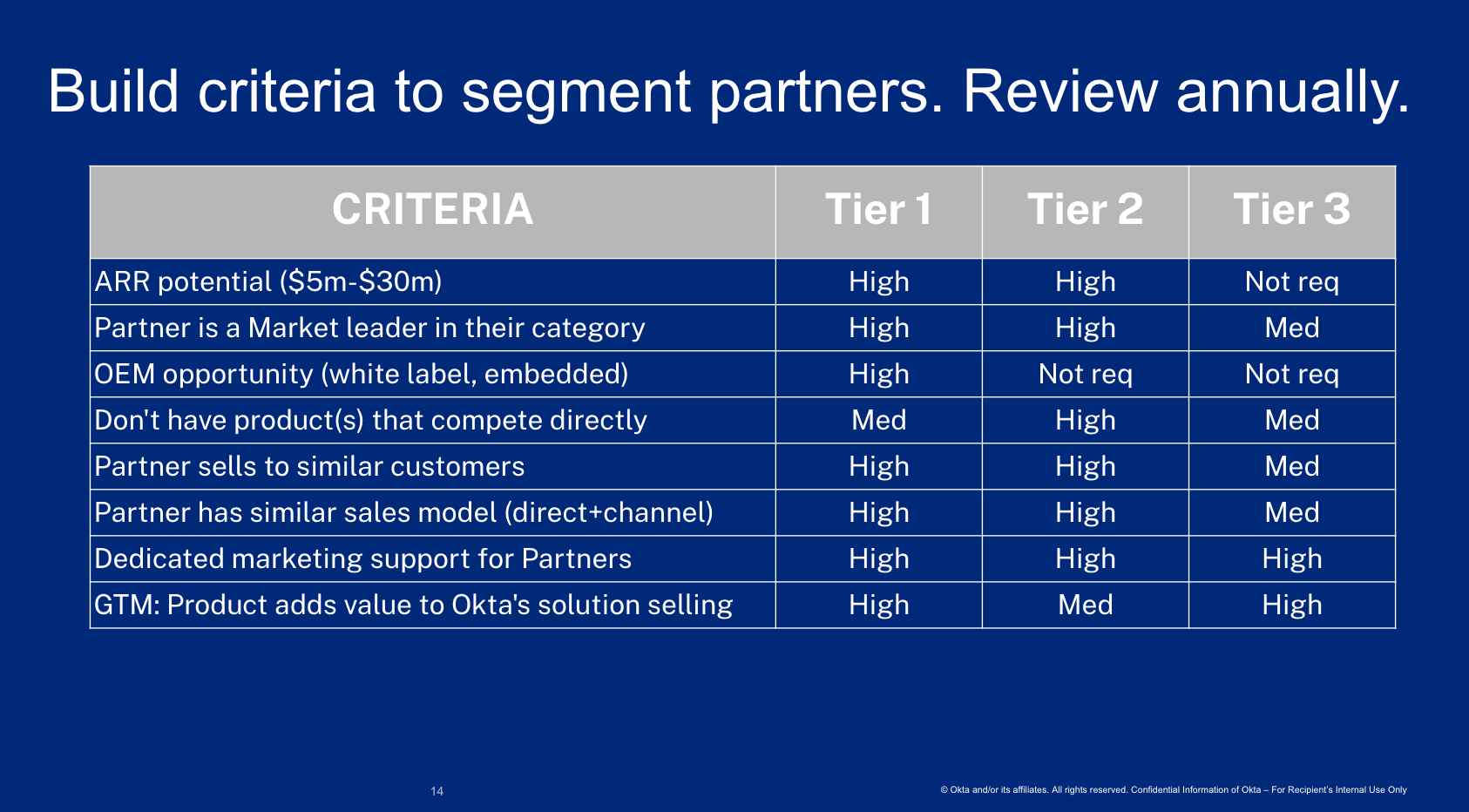
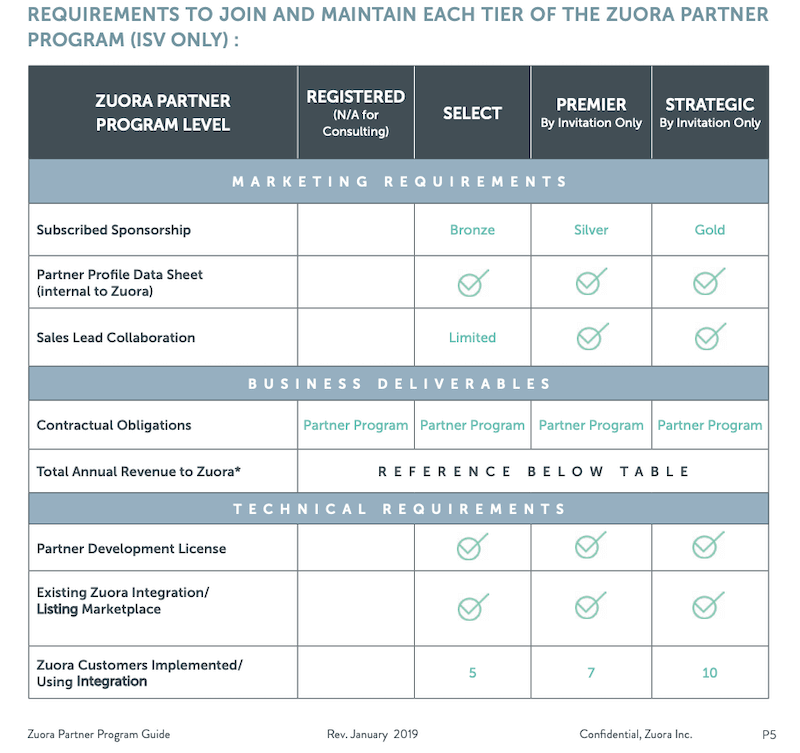

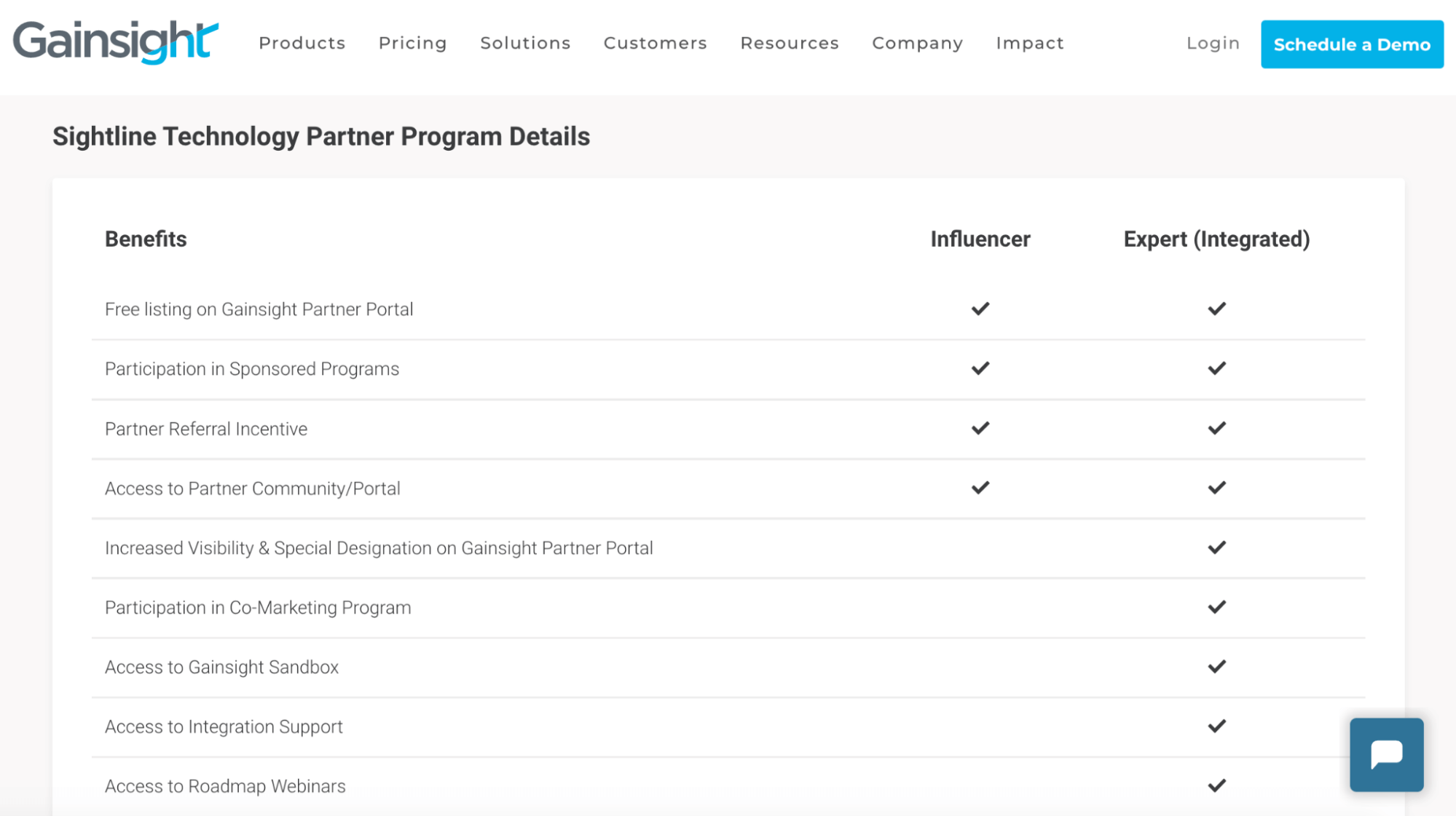
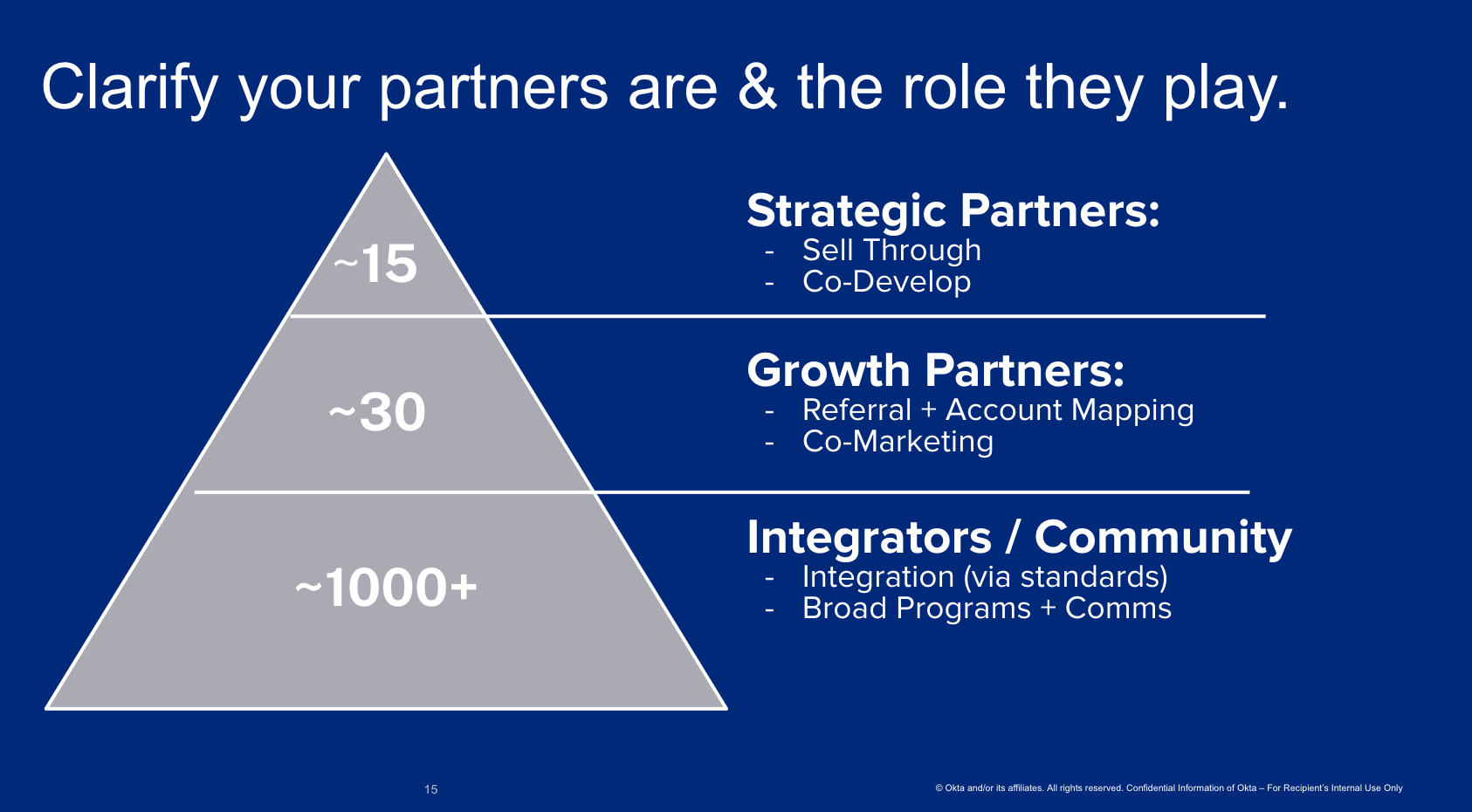

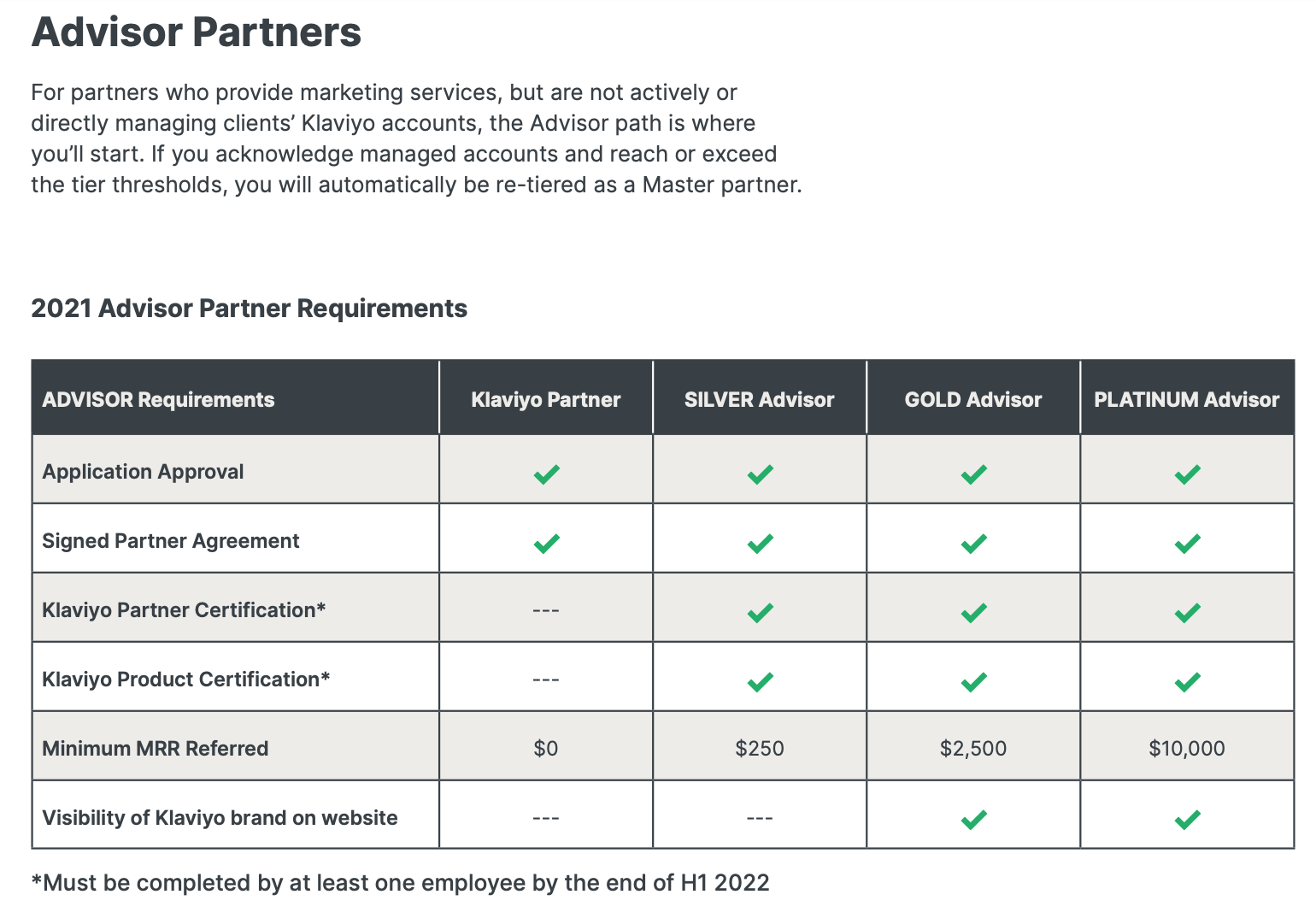
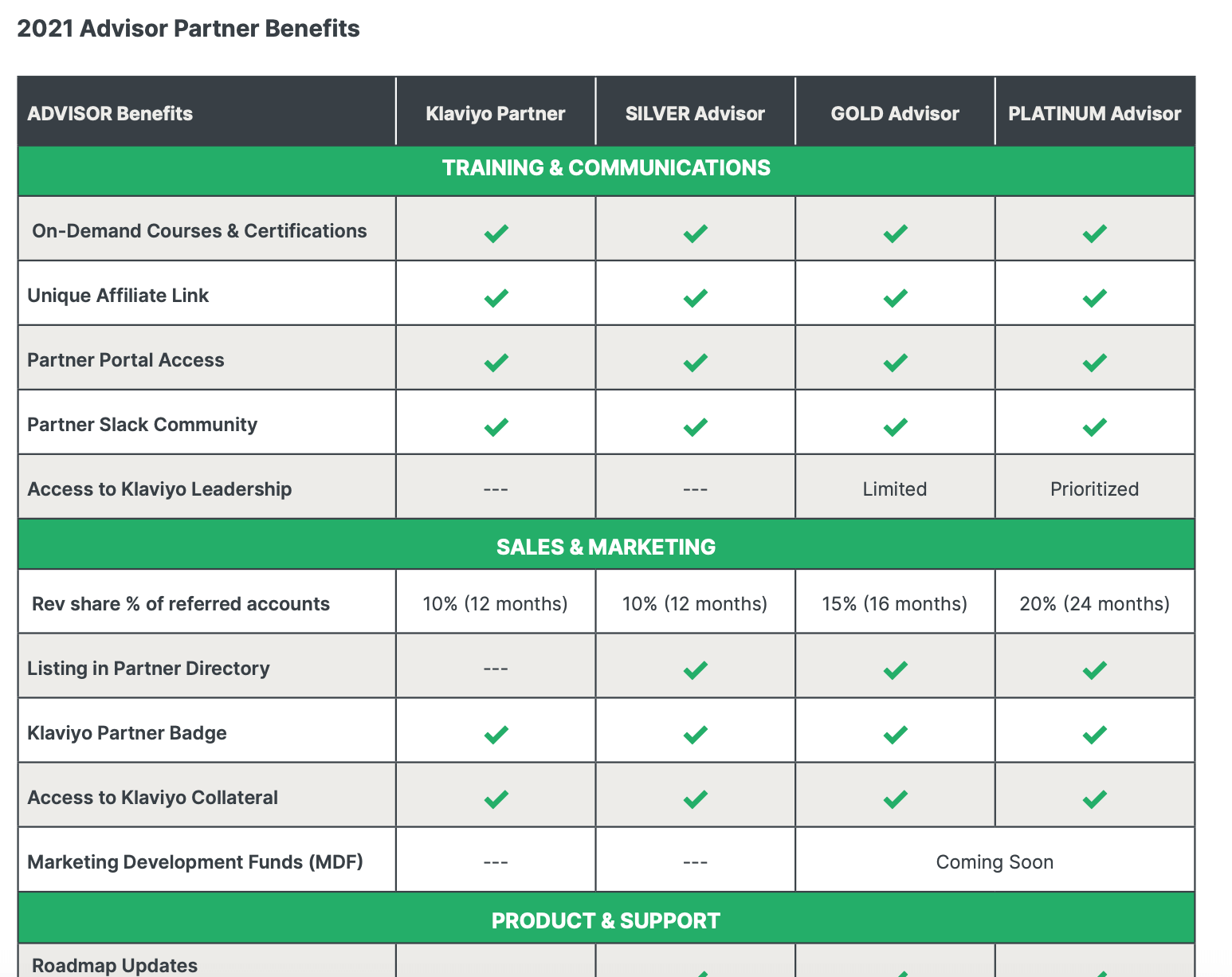



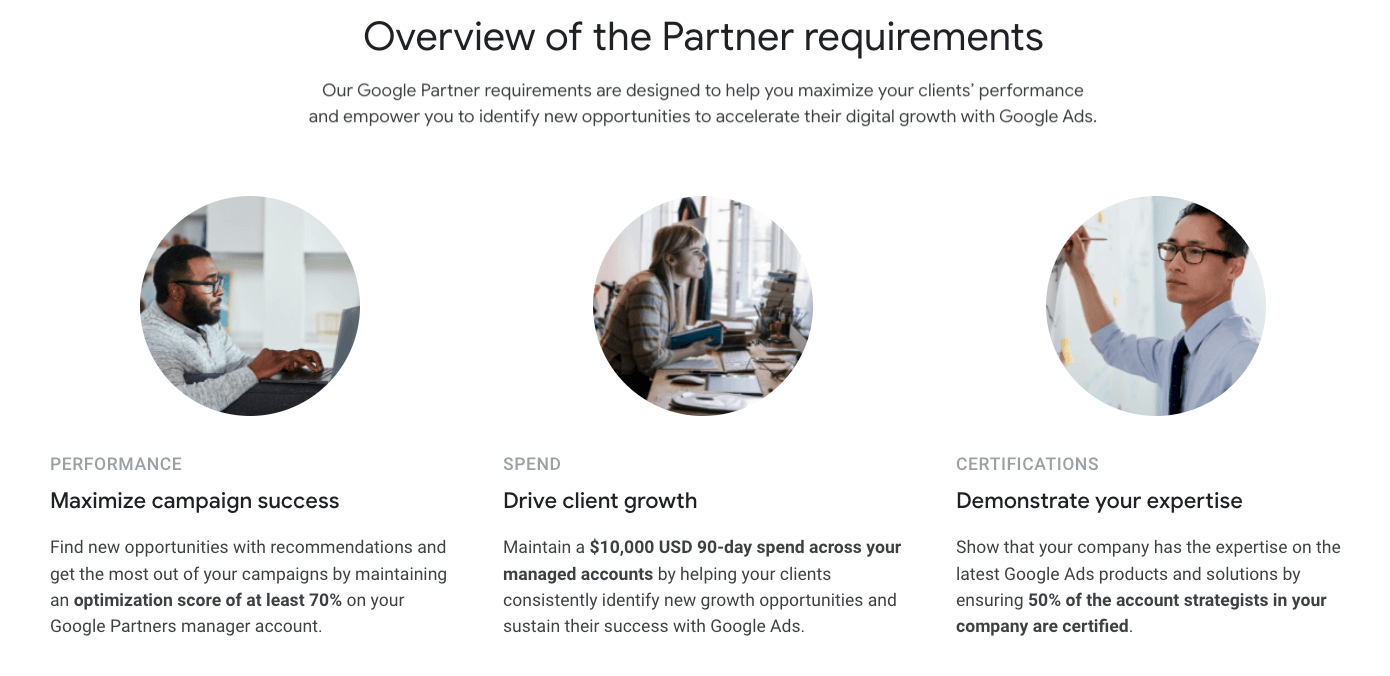




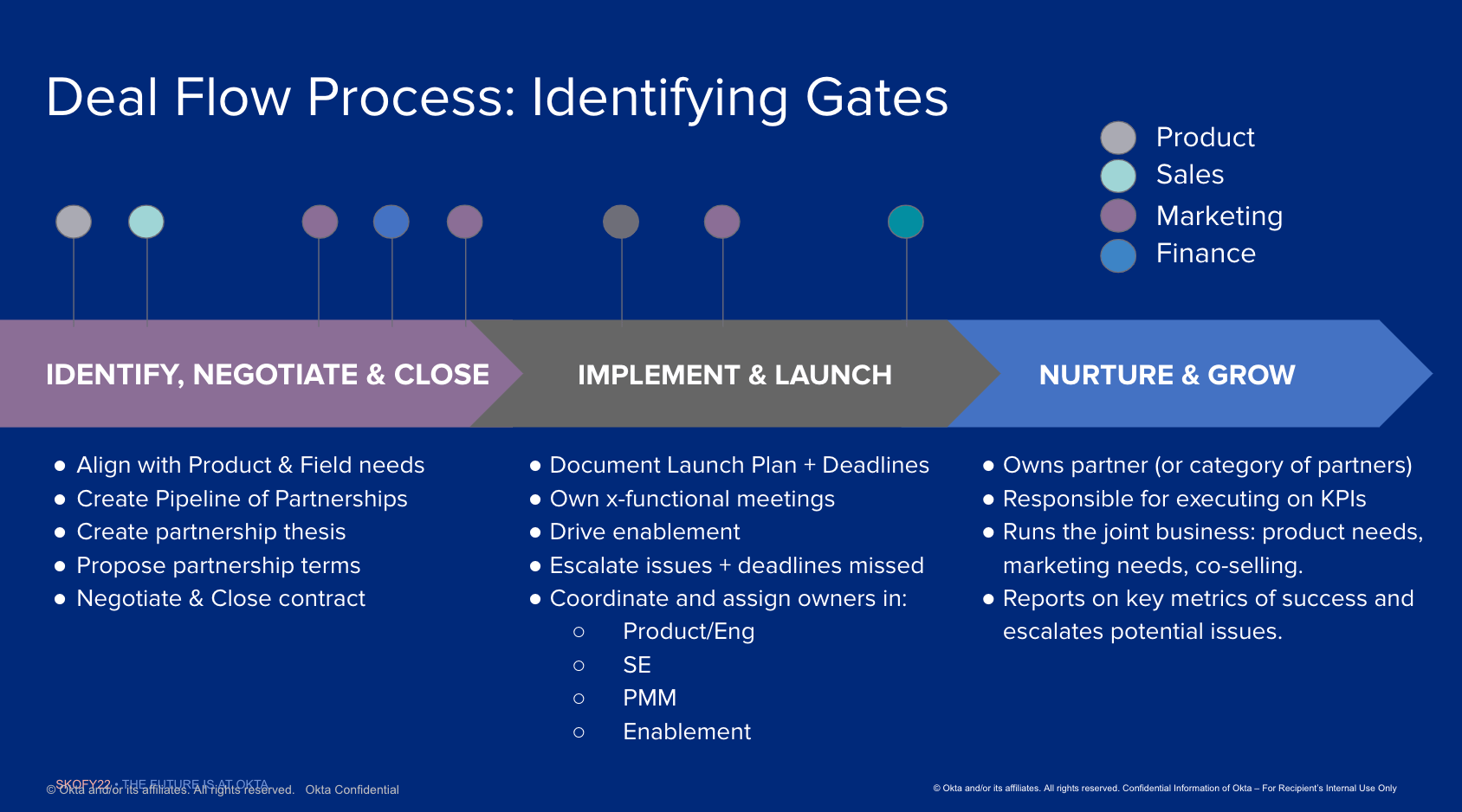

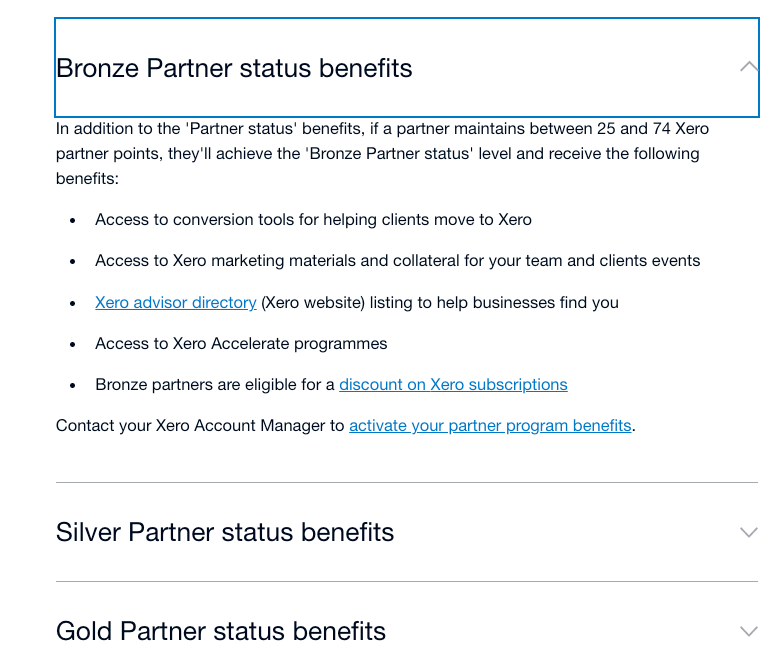


This is a test comment.
This is a longer test comment to see how this looks if the person decides to ramble a bit. So they're rambling and rambling and then they even lorem ipsum.